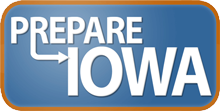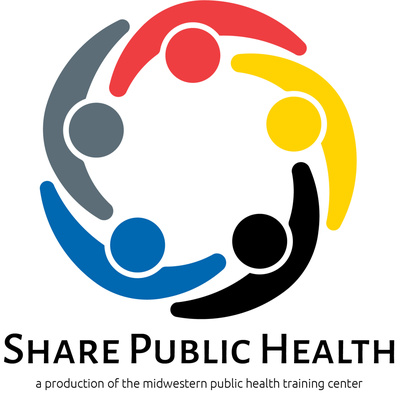Institution: South Central Public Health Training Center
Course Description: Theh purpose of this course is to focus on the basic principles of public health and trace its evolution. The course reviews the public health systema nd its roles and responsibilities. It is also important to understand the challenge to measure health and address the nationally recognized core public health competencies. Lastly, particpants are given a glimpse at public health issues that face us today and ones that are on the horizon.
Objectives:
- Recognize the difficulty in arriving at a really good definition of health
- Explain the various definitions of health proposed by others
- Reach a level of comfort where you can begin to develop your own definition of health based on your own work priorities
- Describe the population-based measurements of health
- Recognize the availability of tools for health promotion and behavior change
- Discuss future goals for the nation
- Identify the domains of health determinants in each domain
- Explain public health
- Argue the pros and cons of public health as a profession and why the controversy even exists
- Describe components and images of public health
- Describe the actions of historical heroes in public health
- Discusss the major achievements in public health during the 20th century
- Be able to identify the three core functions of public health practice
- Translate the core functions into public health practice
- Apply these functions to your own work
- Discuss the unique features (a.k.a. core values) of public health
- Critically evaluate the interaction of these unique features
- Identify the essential services
- Discuss the practical implications of the essential services
- Compare the essential services and your own work
- Differentiate and compare local, state and federal public health roles and responsibilities
- Identify funding sources and how they are appropriated via the three levels
- Explain how assessment fits in as a public health core function
- Describe ways to measure health status and disease rates in population
- Name the importance for monnitoring trends in diseases
- Identify ways to find subpopulations at elevated risk
- Determine modifiable antecedents to disease
- List methods of assessment in assessing the health of a population
- Name forms of surveillance data collection
- Explain how to analyze, interpret and disseminate surveillance data
- Explain how vital statistics are used in assessment and the purpose of using special studies
- List questions and measures that are useful when evaluating public health programs
- Name both federal and state sources of data for overall health assessment
- Compare and contrast the ethical bases of public health and medical care
- Explain similarities and differences between law and ethics
- Define the philosophical and religious bases of ethics
- Explain the ethical foundations of public health and their impact on target constituencies
Prerequisites: Orientation to the Essentials of Public Health - Intermediate Level
Target Audience: Public health professionals
Resource Format: Online course
Time Requirement: 4 hours
More Information: More information is available at http://lms.southcentralpartnership.org/scphp/?productID=prdct000000000001033 or by contacting Brandi Horn at trdirect@tulane.edu or (504) 988-1342.




